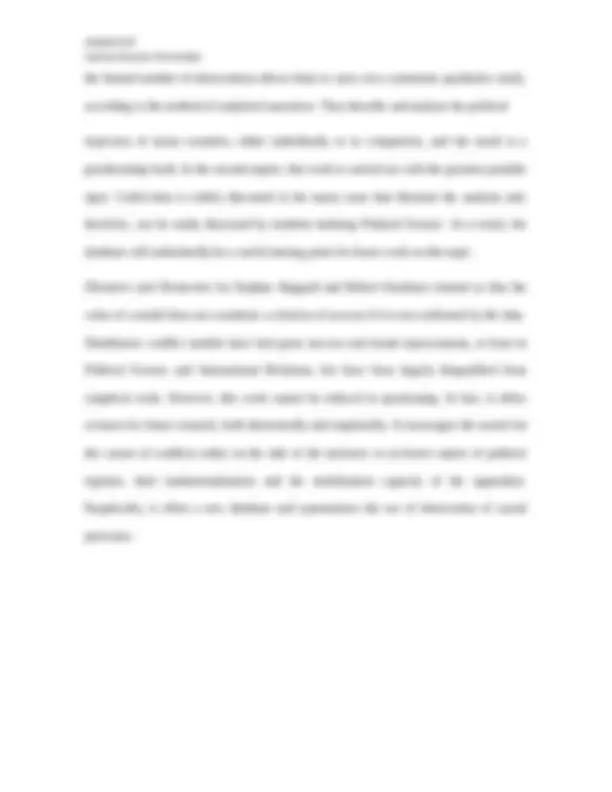



Prepara tus exámenes y mejora tus resultados gracias a la gran cantidad de recursos disponibles en Docsity

Gana puntos ayudando a otros estudiantes o consíguelos activando un Plan Premium


Prepara tus exámenes
Prepara tus exámenes y mejora tus resultados gracias a la gran cantidad de recursos disponibles en Docsity
Prepara tus exámenes con los documentos que comparten otros estudiantes como tú en Docsity
Los mejores documentos en venta realizados por estudiantes que han terminado sus estudios
Estudia con lecciones y exámenes resueltos basados en los programas académicos de las mejores universidades
Responde a preguntas de exámenes reales y pon a prueba tu preparación

Consigue puntos base para descargar
Gana puntos ayudando a otros estudiantes o consíguelos activando un Plan Premium
Comunidad
Pide ayuda a la comunidad y resuelve tus dudas de estudio
Descubre las mejores universidades de tu país según los usuarios de Docsity
Ebooks gratuitos
Descarga nuestras guías gratuitas sobre técnicas de estudio, métodos para controlar la ansiedad y consejos para la tesis preparadas por los tutores de Docsity
Reseña del libreo Dictators and Democrats: Masses, Elites, and Regime Change de Stephan Haggard y Robert R. Kaufman
Tipo: Monografías, Ensayos
1 / 3

Esta página no es visible en la vista previa
¡No te pierdas las partes importantes!


Joshua Soriano Fernandez Book Review, Dictators and Democrats: Masses, Elites and Regime Change by Stephan Haggard and Robert R Kaufman. Princeton: Princeton University Press, 2016. 396pp, ISBN 9780691172156 Been the third book where Stephan Haggard and Robert Kauffman work together, Dictators and Democrats is their joint work, after The Political Economy of Democrats Transitions (1995) and Development, Democracy and Welfare States (2008); it is again related to the link between development and political regimes. In it, they confront the two theories of regime change with reality. These two theories, by Daron Acemoglu, Carles Boix, and James Robinson, offer a set of clearly identified predictions that are empirically testable, especially regarding the role of inequalities. Two main trends theorize regime change. First, modernization theory sees economic development as a prerequisite for democracy. More recently, regime change has been modeled as a result of the strategic interaction of social groups (class conflict and conflict within the elite). In Dictators and Democrats , Stephan Haggard and Robert Kaufman test these predictions. For this, they identify 78 democratizations and 25 returns to an autocratic regime between 1980 and 2008, and code them according to the characteristics of the initial regime, giving to whether the conflict is distributive or intra-elite, and also to its development. Their work combines panel analysis and systematic qualitative analysis. As a result, the two theories are weakened at two points. First, a democratization episode only coincides with a redistributive conflict in just over half of the cases. More worrying still, inequalities do not play the expected role, neither in transition nor in democratic consolidation, nor are they even limited to cases of redistributive conflicts.
Joshua Soriano Fernandez The two theories can only explain a small fraction of the cases studied. It is certainly difficult to imagine a single theory that explains all conflicts, redistributive ones, those that occur within the elite and the influence of external factors. The results are an invitation to return to work for theorists. In this perspective, the authors suggest some ways. In particular, they identify two factors that play a crucial role in a democratic transition. First, an autocratic regime is more vulnerable since it is repressive and its institutions do not offer a framework of expression for the opposition. An authoritarian multi-party regime is, therefore, more stable than a single party or a military dictatorship where the army is not subject to civilian control. Similarly, democratic consolidation is also fostered by civilian control of the army and by stronger institutions. The second key factor, union organizations or a major manufacturing sector encourages communication and coordination of the opposition. The ability to mobilize and organize the opposition plays a role in the fall of an autocratic regime in more than two thirds of the cases studied by the authors. Their work also allows us to identify some recurring reasons, less significant than these first two, in particular the role of triggering an unfavorable economic situation, the low incidence of violence in regime changes and the weak role of political parties and businessmen in mass mobilization. Empirical analysis can seem frustrating in two ways: the sample is small, and the authors code several of its dependent variables. In the first aspect, we can observe the limitations of the exercise, but the size of its database seems to be an irreducible problem: the questions posed by the authors do not lend themselves to a change in the scale of the analysis. Given this restriction, the analysis is very robust. The authors turn disadvantage into advantage: